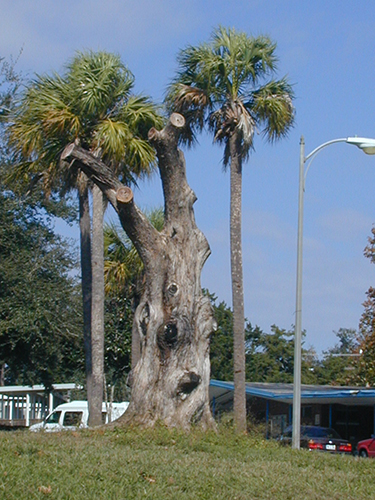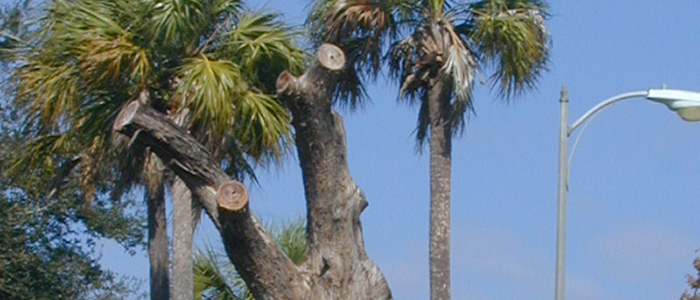Snags

Florida-Friendly Landscaping™ in a Minute
Episode Archive
Episode #368 | Original Air Date: July 28, 2021
Related Resources
- Ask IFAS: Dead Wood: Key to Enhancing Wildlife Diversity in Forests
- Ask IFAS: Providing Wildlife Cover
- Ask IFAS: Landscaping Backyards for Wildlife: Top Ten Tips for Success
Transcript
“Snag” is just a colorful name for a dead or dying tree.
They’re useful to birds that nest in tree cavities, including owls, chickadees, and bluebirds. And some species of mammals, reptiles, and amphibians use them, too.
Snags provide food as well as shelter. Woodpeckers and other small birds feed on the insects that live in snags, and birds of prey often use snags as hunting and nesting perches.
Snags are produced by fire, lightning, and other natural events. But you can also contribute a snag to the ecosystem.
If you’re planning to remove a tree, instead of cutting it to the ground completely, consider leaving a ten- to fifteen-foot stump for wildlife to use.
Florida-Friendly Landscaping™ in a Minute is a production of the University of Florida’s Florida-Friendly Landscaping™ Program, IFAS Extension, and WUFT-FM in cooperation with the Florida Department of Environmental Protection.

